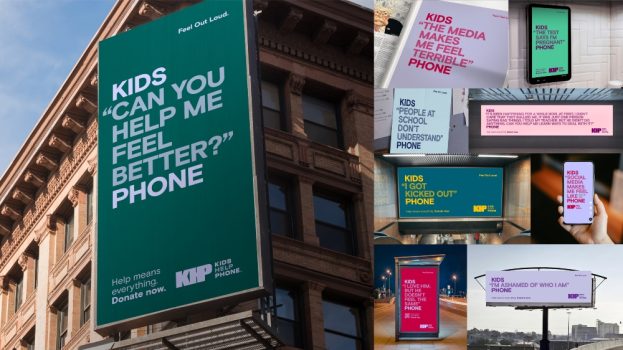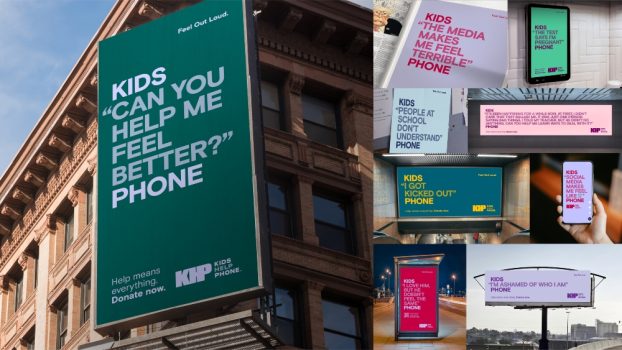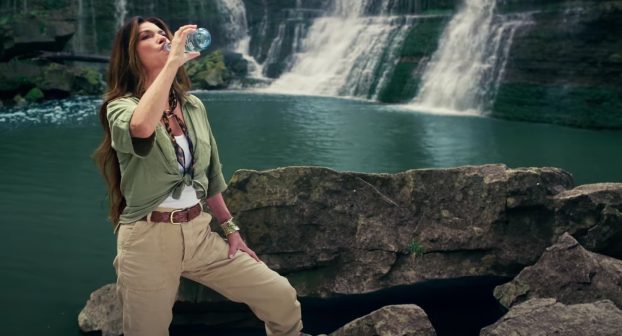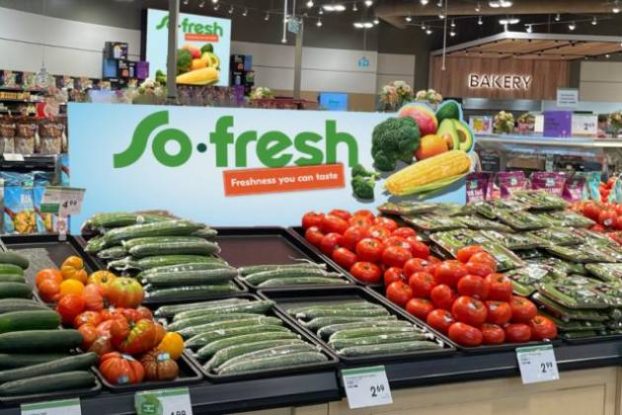When strategy and DECODE sat down with a group of teens, we asked if they were aware of various brands’ engagement in social media, and there was only one that the entire panel knew about: Doritos. For the past three years, the Frito Lay brand has been building buzz and experimenting in the social media space through its user-generated campaigns, “Guru,” “Viralocity” and the latest, “The End.”
While the first two iterations asked fans to create videos, the latest campaign only asked for a 200-word write-up of how they would end a commercial – a much easier ask, resulting in entries that far surpassed their goal of 6,000 even in the first week. They also brought back a prizing aspect from Guru – 1% of future sales of the product – and are inviting the winner to be part of a “Think Tank,” providing their thoughts and opinions to the brand.
The changes reflect a few lessons Doritos has learned along the way – that not everyone is a “creator” ready to make and post a video (more passive users need love too) and that making them part of the process can be mutually beneficial.
“We truly want to democratize marketing this year,” said Haneen Khalil, marketing manager for Doritos, when “The End” launched.
“It’s easy to get fans,” says David Jones, VP social strategy at BBDO/Proximity Canada, Pepsi/Frito Lay’s AOR. “You can buy a lot of media and get a lot of eyeballs and attention, but they’re only going to stick around if it’s interesting and it’s used well and it becomes part of their life in a meaningful way.”
That’s what Pepsi is attempting to do with the Pepsi Refresh Project (PRP), the ongoing global initiative steeped in social media, inviting consumers to submit causes they care about, gain votes and win funds for the project. After launching in Canada, Pepsi saw its Facebook fans grow by 100,000 in six months, says Neetu Godara, marketing manager, Pepsi Trademark.
Last fall they ran PRP on campus, asking Canadian university students to take a picture with a sign describing what charity they care about and then spread the pictures via social media for a chance to win $5,000 for their charity and $5,000 towards their tuition. In six weeks, the number of fans increased by 20,000.
Since its launch on Facebook in 2009, Pepsi has offered light-hearted engagement like the “joyous word of the day” to deeper interactions like backstage online access to MuchMusic’s MMVAs.
As most brands present in this space have learned, Pepsi knows it has to keep the entertainment coming, and the dialogue open.
“We not only respond to questions but proactively appreciate engagement on the page, so if someone posts a picture, we try to encourage it and validate that we’re listening,” says Godara, who notes that they have learned how to listen, and when to be part of the conversation – that it’s sometimes better to step away and let the fans talk among themselves, and that they’ll often come to the brand’s rescue.
Godara also notes that brands shouldn’t be afraid of facilitating a dialogue with young fans, a sentiment echoed by BBDO/Proximity’s Jones: “Those negative comments are happening about you anyway. You can cover your ears and pretend they don’t exist [but] I would rather hear them and participate with the audience in some way to either make it better or at least pay attention to what is going on,” he says. “It may not be what I want to hear, but it’s pretty real and useful, and if brands listen, they’ll learn something about their consumers.”
One brand that has been listening for longer than most is Canada’s Wonderland. How does an Ontario amusement park become the fifth most “liked” Canadian brand on Facebook (behind giants RIM, Tim Horton’s, Budweiser and Telus)? The answer for Wonderland has been to adopt early and engage often.
Wonderland first joined Facebook in 2007, before it really became popular for brands to do so. At the time, the goal was to interact with youth aged 12 to 24. It just so happens that its second demo, moms aged 35 to 49, came to Facebook in droves later, and now the platform aims at both, explains Dave Phillips, VP marketing and sales, Canada’s Wonderland. The fan count is now up to over 425,000 and the brand has spread its social media wings to Twitter and YouTube.
Like Pepsi, Wonderland monitors the site but doesn’t “Big Brother” it, says Phillips, and they will respond to fan questions as openly and honestly as possible. It recently did a few weeks of “Ask the GM” where fans could ask the general manager anything and get real answers. Phillips says they treat their Facebook fans “no different than a loyalty group.”
Part of Wonderland’s Facebook success can be attributed to one word: fun. Sounds simple, but the brand lives by an “80/20 rule” – 20% of what is posted is about the brand and its offers, while the other 80% is about entertainment – fun activities, facts and info to keep its young audience engaged. This has included everything from how many foot-long hotdogs they’ve sold to posting exclusive shots of concerts by artists like Nelly, Justin Bieber and Hedley.
“The burnout rate for that younger demo [is high], they will go away pretty quick,” says Phillips. “They’ve got us and five other sites open at the same time.”
Last August when Wonderland wanted to unveil a new ride, the WindSeeker, it decided to do it exclusively on Facebook, teasing to the page and counting down to the big reveal through its website, print and in-park signage.
Keeping fans entertained is why in two months the brand will launch a new Facebook game that allows users to build their own amusement park (similar to the popular Farmville), and will have other interactive games reminiscent of the games offered at the park (think Whack-a-Mole). It’s also launching a new website this summer that will have a strong social media focus, and upping its YouTube presence with a new channel.
By July, Phillips says, Wonderland hopes to be up to 600,000 Facebook fans. It seems they’re well on their way.
Like Wonderland, Garage is a brand that has learned that entertaining your audience sometimes tops brand-related content.
If you happen to be a 16-year-old girl, you’re probably familiar with Garage, the clothing store that has become ubiquitous in malls across Canada, and recently in the U.S. and Middle East. With over 200,000 Facebook fans, the brand is the only one with a teen-only demo to crack the top 10 Canadian brands on Facebook, coming in at number nine.
“We try to remain in-tune with the customer’s lifestyle, so whatever it is that’s important to her at that moment [such as] pop culture, we try to be in the know, so when we talk to her about that, we sound authentic,” says Melissa Bissell, marketing manager, Garage.
They’ll poll fans on their favourite bands or suggest playlists and ask pop culture questions to get their opinions.
By tapping into its consumers’ interests, Garage was able to create a contest they knew would appeal. “Get Loud” invited fans to create a video showing their “Garage spirit” (in whatever form the participants chose) to collect votes and win a concert for their school by Canadian band Marianas Trench. Over 200 videos received over 317,000 votes and 13,000 comments.
“It was inspiring to see our brand championed by our customers and it was really interesting to see that they perceived the brand the way we’ve been marketing it,” says Bissell.
Committing to social media has not only given Garage an inside view into its demo’s world, it’s also created loyalty among a group that can be fickle and skeptical.
“I think it’s scary for some brands to let go a little bit and give people that voice, but I think as long as you learn from it and react to it, it’s actually an opportunity,” says Bissell. “When we reply to some of our fans, they’ve written back and said, ‘wow, you’re the only brand that’s written back to us, thanks.’ It makes them feel like you’re listening, and that’s important.”

Jump to:






















